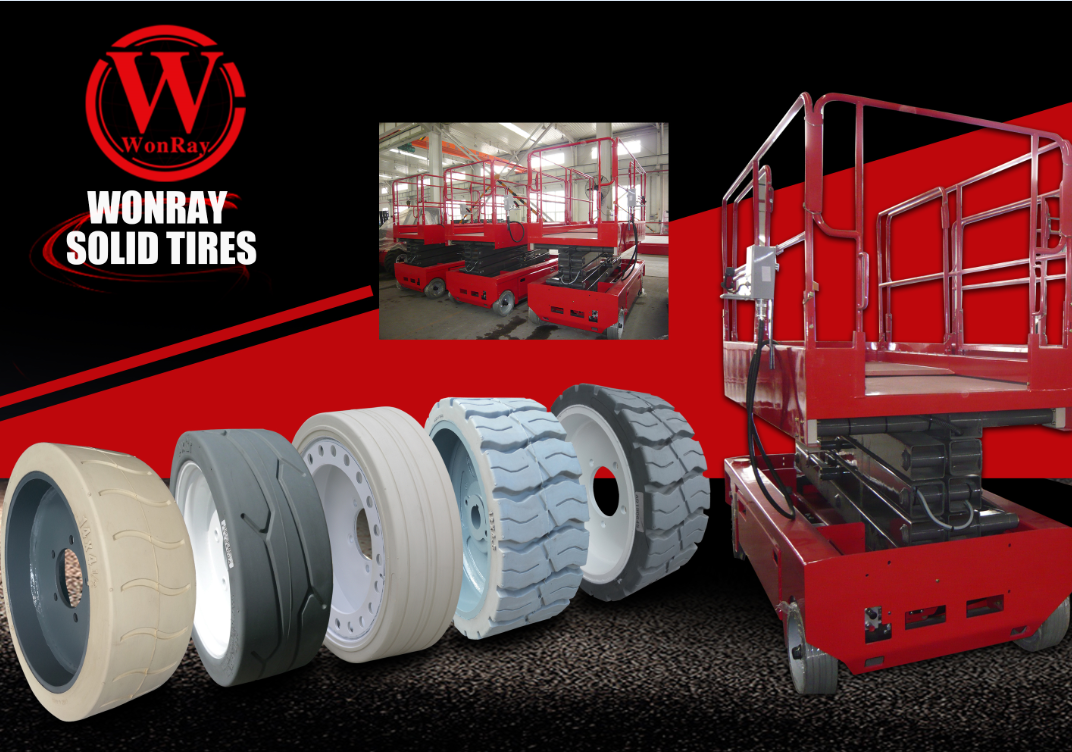Equipment tires are critical components in construction, mining, agriculture, and logistics industries. They directly impact a machine’s performance, safety, and operational efficiency. For B2B buyers and fleet operators, selecting the right tire type ensures not only productivity but also long-term cost savings and equipment longevity.
Understanding Equipment Tire Types
Different types of equipment tires are designed to meet various industrial needs. Choosing the right one depends on load requirements, terrain, and working environment.
Main categories include:
-
Solid Tires: Puncture-proof, ideal for forklifts, loaders, and waste-handling vehicles.
-
Pneumatic Tires: Air-filled for superior cushioning and comfort, commonly used in construction and transport.
-
Foam-Filled Tires: Hybrid option combining pneumatic comfort with puncture resistance.
-
Non-Marking Tires: Designed for indoor use, preventing floor damage in warehouses or factories.
Key Features and Advantages
High-quality equipment tires deliver multiple operational benefits that directly influence performance and safety:
-
Enhanced Durability: Built with premium rubber compounds for long service life.
-
High Load Capacity: Engineered to handle heavy-duty industrial machinery.
-
Superior Traction: Optimized tread patterns ensure grip on rough, wet, or uneven surfaces.
-
Stability and Safety: Reduced vibration improves operator comfort and control.
-
Low Maintenance: Certain designs, like solid tires, eliminate downtime from punctures.
Industrial Applications
Equipment tires are used across a wide range of sectors:
-
Construction Equipment: Loaders, excavators, graders, and cranes.
-
Material Handling: Forklifts, container handlers, and reach stackers.
-
Agricultural Machinery: Tractors, harvesters, and sprayers.
-
Mining and Quarrying: Dump trucks, drills, and support vehicles.
-
Port and Logistics Operations: Container movers and heavy-duty transporters.
Factors to Consider When Choosing Equipment Tires
Before selecting the right equipment tire, B2B buyers should evaluate several factors:
-
Working Environment: Indoor vs. outdoor, smooth vs. rough terrain.
-
Load Requirements: Ensure proper tire ply rating or load index.
-
Temperature Resistance: Choose compounds suitable for extreme heat or cold.
-
Maintenance Capability: Consider availability of replacements and service intervals.
Summary
The equipment tire is more than a supporting component—it’s a performance multiplier for industrial and commercial machinery. With the right tire choice, businesses can enhance efficiency, minimize downtime, and extend equipment lifespan. For B2B industries focused on productivity, durability, and safety, investing in quality equipment tires is a smart long-term decision.
FAQ
Q1: What are the most common types of equipment tires used in industrial machinery?
A1: The main types include solid, pneumatic, foam-filled, and non-marking tires, each designed for specific operational needs.
Q2: How do I know which equipment tire is best for my machine?
A2: Evaluate the working environment, load capacity, and frequency of use. For example, solid tires are ideal for heavy-duty or high-risk environments, while pneumatic tires suit rough outdoor terrains.
Q3: What maintenance is required for equipment tires?
A3: Regular inspections for tread wear, alignment, and pressure (for pneumatic types) are essential. Solid tires require minimal maintenance.
Q4: How can equipment tires improve overall business efficiency?
A4: Durable tires reduce downtime, enhance operator safety, and lower long-term maintenance costs, leading to higher productivity.
Post time: 23-10-2025

